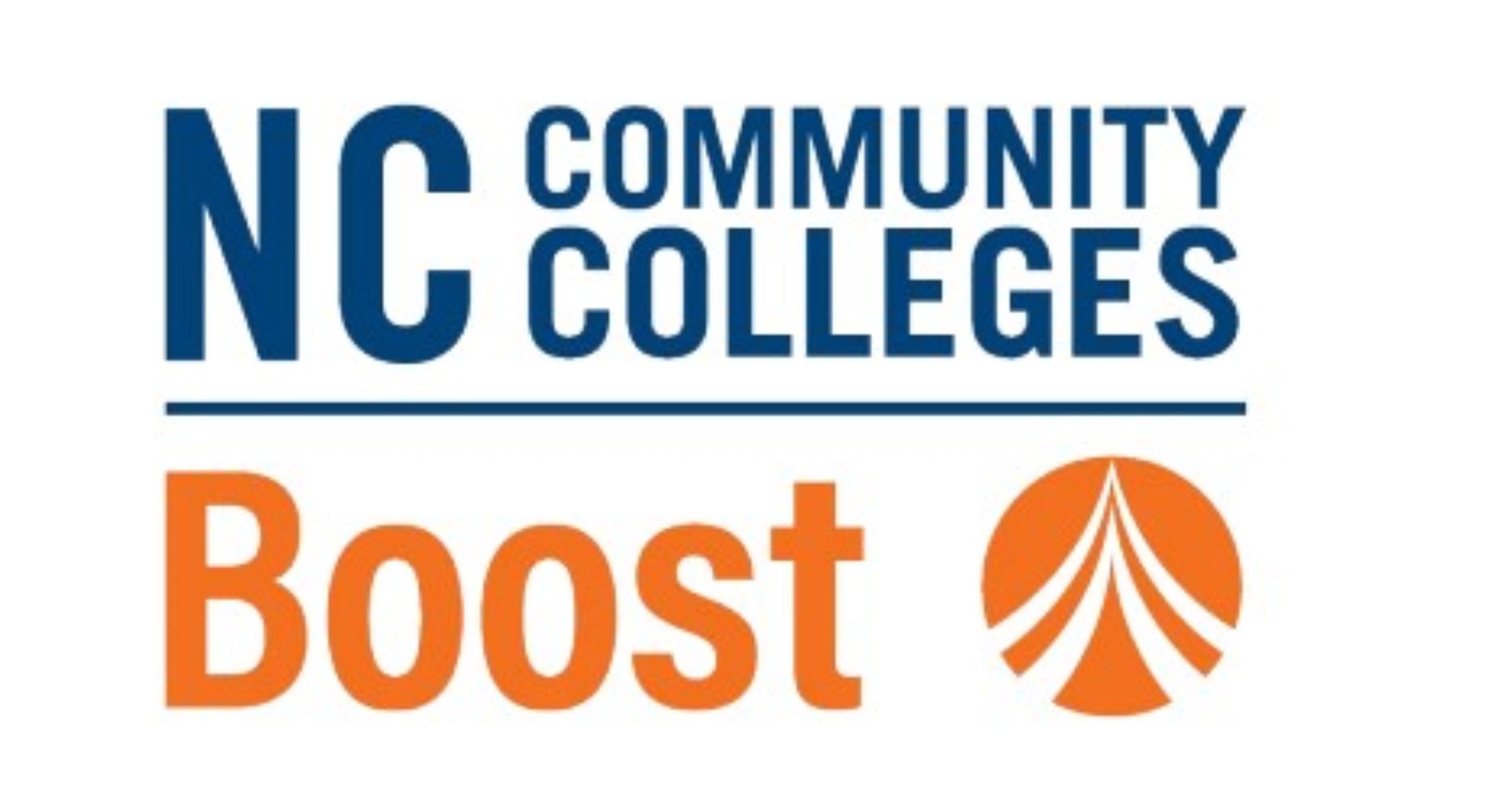Professor John Nietfeld, Goodnight Distinguished Professor Maria Coady Aim to Improve Multilingual Students’ Learning through Game-based Environment

NC State College of Education Professor of Educational Psychology John Nietfeld and Goodnight Distinguished Professor of Educational Equity Maria Coady are hoping to close the gap between multilingual and monolingual students’ reading comprehension and science learning through the development of an innovative game-based learning environment.
Using $599,413 in grant funding from the William T. Grant Foundation, Nietfeld and Coady will expand upon Nietfeld’s existing Missions with Monty game-based learning environment to develop a customized version for Spanish-speaking students in fifth grade.
“There has not been an examination of how multilinguals learn in a game-based digital environment such as this that focuses on developing complex skills such as reading comprehension and conceptual science understanding,” said Nietfeld, who is the project’s principal investigator. “As far as we are aware, this will be the first attempt to fully craft a cross-disciplinary, game-based environment for multilingual learners with the aim of improving learning efficiency.”
In classroom integration of the original Missions with Monty — which has been used in several schools across North Carolina and is also being developed for use in schools in the Czech Republic — Nietfeld and his research team found that the game significantly improved students’ reading comprehension on both standardized tests and a researcher-developed test. Students who used the game also showed significant improvements in science knowledge, reading motivation and metacognitive monitoring ability.
To create the new version of the game, Nietfeld and Coady will work with multilingual students to understand how, when and why language and culture can be integrated into the original Missions with Monty, so the new characters and languages are built into the structure of the game.
Multilingual learners will be able to click to translate text into their first language as well as utilize different scaffolds, including sounds, images, translations and pacing, while the project team examines which of these scaffolds work best for different multilingual learners with varying English-language proficiency levels.
This is important, Coady said, because multilingual learners constantly adjudicate languages and select vocabulary across languages — or intentionally mix between languages to communicate. As a result, the multilingual brain processes learning differently, causing a disparity for multilingual learners across content areas, including science.
“I feel confident that our work with multilingual learners, which is already showing some important insights, will improve learning by valuing their first language, validating their multilingual abilities and facilitating how they demonstrate learning through more than one language,” Coady said. “This will make an important contribution to the field.”
By building in characters who represent various ways of knowing, learning and implementing science that multilingual learners can relate with, Coady said, students can build knowledge while also potentially seeing themselves as future scientists.
The project team will also examine the students’ autonomous use of language toggles and scaffolds from a self-regulated learning perspective along with their strategy selection, metacognition and motivation when given autonomy in a complex learning environment.
“Our goal with the current project is to close the achievement gap between multilingual learners and their monolingual peers in both science topics related to fifth-grade curriculum and reading comprehension, but also to provide a model for how other systems might be developed across domains or developmental levels,” Nietfeld said.
- Categories:


